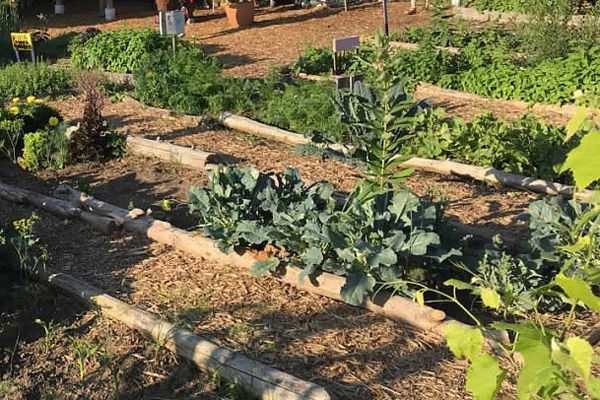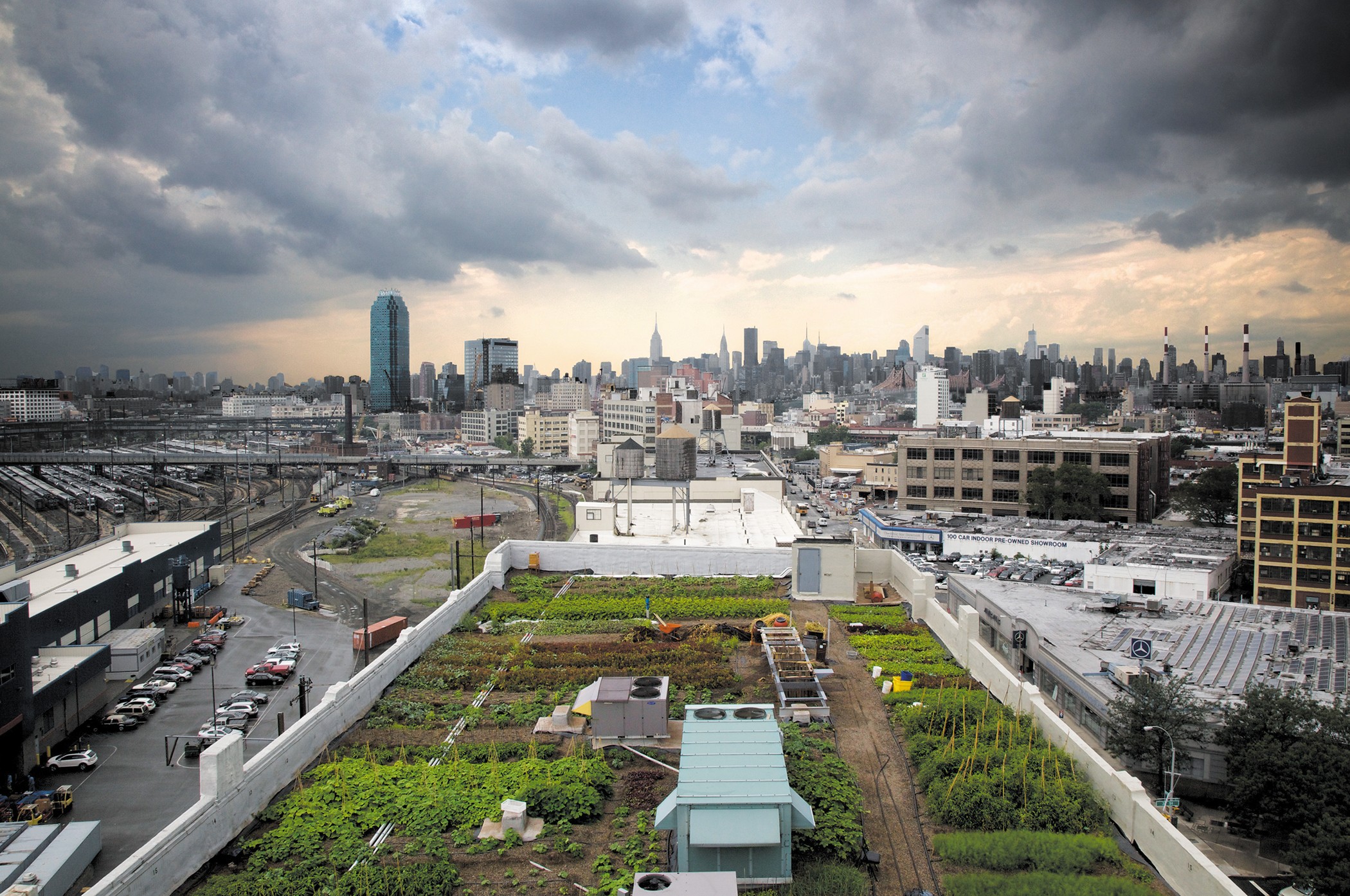The Facts About City Blooming Uncovered
The Facts About City Blooming Uncovered
Blog Article
The City Blooming Diaries
Table of ContentsThe 9-Second Trick For City BloomingThe 8-Minute Rule for City BloomingThe smart Trick of City Blooming That Nobody is Talking AboutThe Ultimate Guide To City Blooming4 Easy Facts About City Blooming Described
Intrigued in expanding food to buy in the City of Chicago? Thinking of starting a community garden? Changes to the Chicago Zoning Statute enable farming usages like neighborhood gardens and city farms in several parts of the city. Below is a list of frequently asked concerns relating to the regulations and policies that growers should consider when planning an urban farming job.
The zoning change does not modify any type of various other codes dealing with composting, structure authorizations, buying or leasing City owned property, business licenses or environmental contamination. There are existing codes that manage these concerns and they stay completely effect and may be relevant to your project. Neighborhood yards are normally had or managed by public entities, public organizations or community-based organizations and preserved by volunteers.
Urban ranches grow food that is planned to be offered, either on a nonprofit or for-profit basis. Due to their commercial objective, metropolitan ranches need a service permit.
9 Easy Facts About City Blooming Explained
Composting is permitted yet only for plant product that is produced and used on site. The amount of garden compost product can not surpass 25 cubic backyards at any type of offered time according to the standards in 7-28-715 of the City's Municipal Code. Yes. Since the dirt at many brand-new yard sites needs modifying, compost, dirt, wood chips, or other materials can be acquired to build or boost the growing room - urban gardening.

If a building permit is called for then the hoophouse will certainly be thought about an accessory structure. You can learn even more regarding the building license requirements by getting in touch with the Department of Structures. The 25,000-square-foot size limit is intended to avoid a single neighborhood garden from dominating a given block or interfering with the block's existing property or industrial personality.
The limitation does not use to yards located in Public Open Room (POS) areas. Can there be more than one community garden that is 25,000 square feet on a single block? Yes. The dimension limit puts on specific yards, not to specific blocks. No. Fence is not called for, nevertheless, yards that have large parking areas might be called for to set up fence or various other landscape design features.
10 Easy Facts About City Blooming Shown
B1 & B2 areas require that all commercial use tasks be conducted indoors. R districts limit business activity. The laws mirror the objective and intent of the Zoning Code. Is fence needed for city ranches? Yes. Fencings may be called for, in addition to landscape design and screening, for sure parking areas and outdoor work or storage space areas relying on location and the certain activity happening.
Yes. Urban farms require building authorizations and zoning authorizations Recommended Site prior to building. Various other types of city testimonial may be called for relying on certain structures, activities, size, landscaping, licensing, public health and stormwater management problems. Much of these needs are identified in the job layout or permitting procedure, however, the applicant may be liable to separately recognize specific licenses or permits that might be needed.
The Department of Service Affairs and Consumer Protection can aid determine the specific kind of service certificate that's required. Off street car parking is needed for most business projects in Chicago. The needed number of auto parking areas is based on the number of workers functioning on website and not the square video of the growing room.
The Main Principles Of City Blooming

A city farm can offer compost material produced on website, however, the procedure must comply with the guidelines in 7-28-715 of the Chicago Municipal Code. Aquaponic systems are allowed inside your home on city ranches in numerous zoning districts.
Up to 5 hives or colonies of honey might be maintained as an accessory usage. However, beekeepers need to sign up with the Illinois Division of Agriculture. To find out more about the recommended zoning change you may speak to the Department of Housing and Economic Growth, Bureau of Planning and Zoning at 312.744.8563.
Farming in cities and urban areas A city ranch in Chicago. Urban farming refers to different practices of cultivating. https://www.dreamstime.com/danielnold94107_info, handling, and distributing food in urban areas. The term likewise relates to the location activities of pet husbandry, tank farming, beekeeping, and gardening in an urban context. Urban agriculture is identified from peri-urban agriculture, which occurs in backwoods beside suburbs.
All About City Blooming
, who seek to develop social networks established on a common ethos of nature and area holism. These networks can establish by method of formal institutional support, ending up being incorporated right into local town planning as a "shift town" activity for lasting metropolitan growth.
Some of the first evidence of metropolitan agriculture comes from Mesopotamia.
Report this page